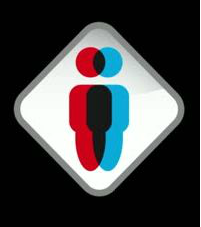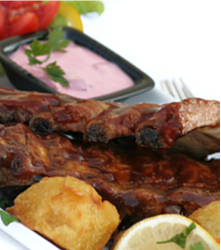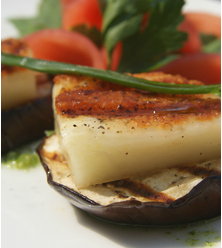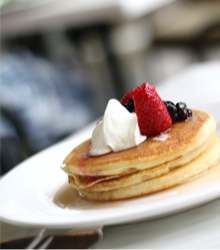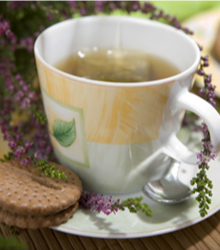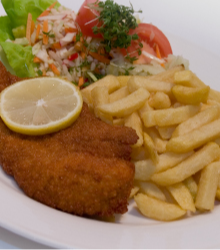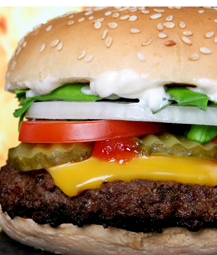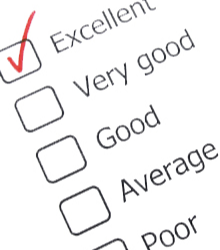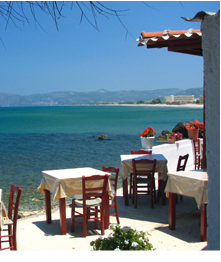Het arrangement Thema: Food and drink - HV1 is gemaakt met Wikiwijs van Kennisnet. Wikiwijs is hét onderwijsplatform waar je leermiddelen zoekt, maakt en deelt.
- Auteur
- Laatst gewijzigd
- 2016-05-27 13:08:07
- Licentie
-
Dit lesmateriaal is gepubliceerd onder de Creative Commons Naamsvermelding-GelijkDelen 3.0 Nederland licentie. Dit houdt in dat je onder de voorwaarde van naamsvermelding en publicatie onder dezelfde licentie vrij bent om:
- het werk te delen - te kopiëren, te verspreiden en door te geven via elk medium of bestandsformaat
- het werk te bewerken - te remixen, te veranderen en afgeleide werken te maken
- voor alle doeleinden, inclusief commerciële doeleinden.
Meer informatie over de CC Naamsvermelding-GelijkDelen 3.0 Nederland licentie.
Aanvullende informatie over dit lesmateriaal
Van dit lesmateriaal is de volgende aanvullende informatie beschikbaar:
- Toelichting
- You are about to start the theme: 'food and drink'. How are you going to practise? You are going to practise your writing, reading, listening and speaking skills. You will visit websites, play games, do exercises and listen to stories. What are you going to do? You are going to read, listen, speak and write about food and drink. By practising a lot your English will improve! Need help? Use the toolbox if you need help. Here you will find (new) words and expressions. You will also find help for grammar and pronunciation.
- Leerniveau
- HAVO 1; VWO 1;
- Leerinhoud en doelen
- Schrijven; Engels; Luisteren; Spreken;
- Eindgebruiker
- leerling/student
- Moeilijkheidsgraad
- gemiddeld
- Studiebelasting
- 12 uur 0 minuten

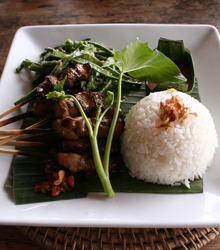
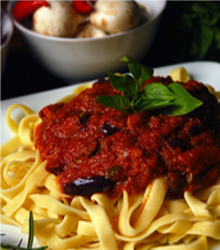

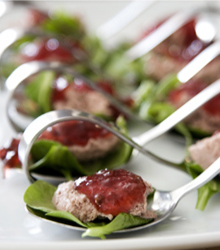
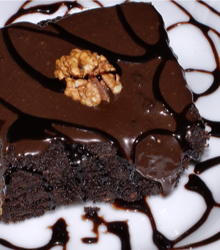

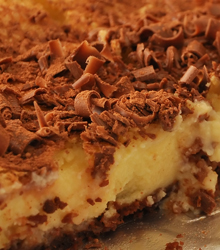

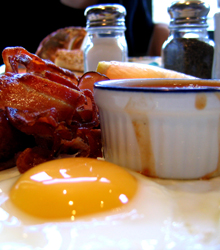
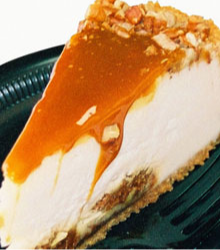

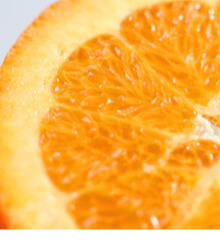
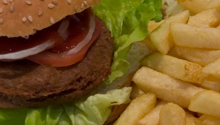
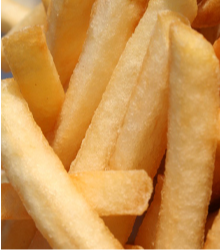
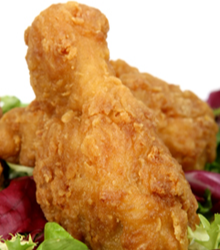
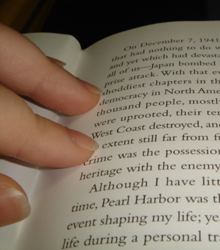

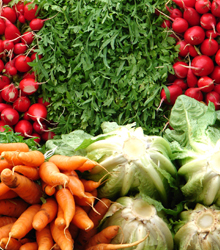

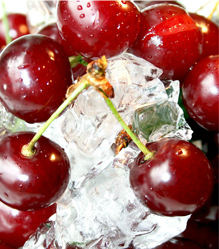

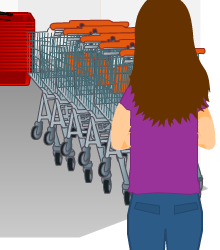
 Typing game
Typing game
